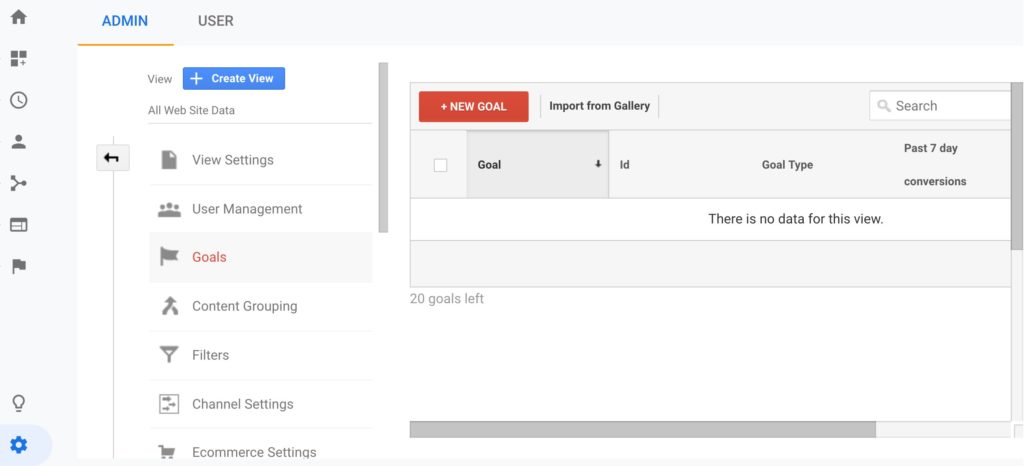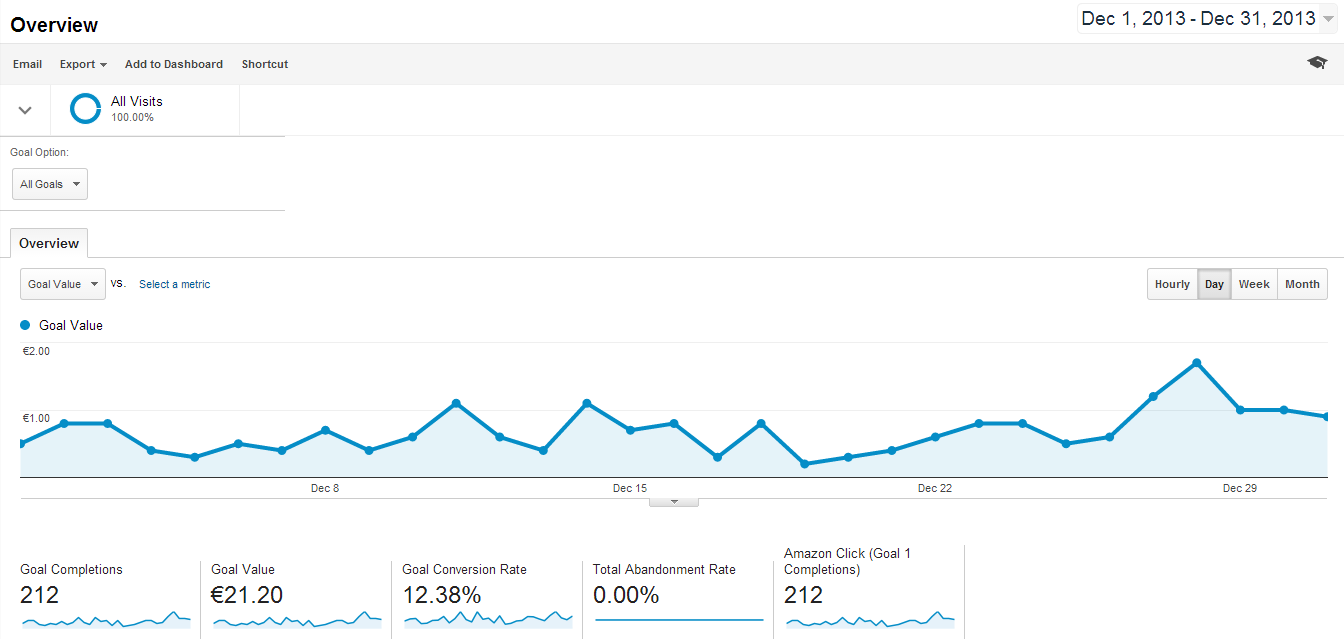Discover What Data Is Google Analytics Goals Unable to Track
Discover What Data Is Google Analytics Goals Unable to Track
Blog Article
Debunking Google Analytics Limitations: Discover What Data Goals Can not Track
In the world of digital analytics, Google Analytics stands as a powerful tool that offers important insights right into website efficiency and customer actions. Nevertheless, among its capacities, there exist constraints that frequently go unnoticed. Comprehending what Google Analytics can not track is essential for an extensive understanding of data interpretation and decision-making processes. From the complexities of individual communication with vibrant web content to the complexities of cross-device user journeys, these limitations clarified locations that may continue to be obscured from typical analytics point of views. By deciphering these restraints, a clearer image emerges, permitting even more informed strategies and fine-tuned insights right into individual involvement and conversions.

User Communication With Dynamic Web Content
User communication with vibrant content plays a crucial function in recognizing user habits on sites and maximizing the overall customer experience. Dynamic content describes components on a web page that can transform without the need for a full page reload. This includes interactive components such as pop-ups, sliders, forms, and videos that reply to customer actions in real-time. By tracking customer communications with dynamic content, web site proprietors can gain useful insights into customer involvement, preferences, and behaviors.
Google Analytics offers numerous tools to track customer communications with dynamic content, such as occasion tracking and digital pageviews. Occasion tracking enables you to keep track of specific individual activities, like clicking a button or watching a video clip, offering information on exactly how users connect with dynamic components.
Cross-Device Individual Journeys
Exactly how can modern analytics devices track the complicated courses users take across multiple gadgets in their on-line journeys? Cross-device customer journeys provide a substantial difficulty for monitoring and assessing customer behavior precisely. As customers engage with applications or websites making use of various tools such as tablet computers, smart devices, and desktops, it comes to be vital to understand just how they relocate between these platforms to enhance customer experience properly.
Google Analytics encounters constraints in tracking cross-device customer journeys because of personal privacy worries and technological restrictions - what data is google analytics goals unable to track. While it can offer understandings into specific gadgets' communications, tracking a seamless individual trip across multiple devices remains a difficulty. This limitation can cause insufficient information and fragmented individual insights, making it tough for organizations to develop a unified sight of the client journey
To resolve this concern, organizations can utilize innovative analytics devices that offer cross-device tracking capabilities, allowing them to obtain an extra alternative understanding of customer habits. By leveraging these tools, companies can bridge the void in tracking cross-device individual journeys and enhance their digital approaches for a smooth individual experience.
Offline Conversions and Attribution
As businesses navigate the challenges of tracking cross-device user trips, one more essential aspect to take into consideration is the world of offline conversions and attribution in the realm of data analytics. While Google Analytics gives useful understandings right into online customer behavior, it fails when it comes to tracking conversions that happen offline. This constraint postures a considerable challenge for businesses that have both online and offline sales channels.
Offline conversions, such as acquisitions made in physical stores or via phone call centers, are necessary to recognizing the complete client journey. Without the capacity to attribute these offline conversions to details online communications, businesses might struggle to accurately determine the influence of their digital marketing initiatives.
To resolve this space, businesses can check out alternative solutions such as integrating CRM systems with on-line analytics tools or utilizing special promotion codes that can be mapped back to on-line campaigns. By connecting the void in between i loved this online and offline data, services can obtain an extra extensive understanding of their consumers' habits and enhance their total advertising and marketing techniques.
Person User Identification
In the world of information analytics, the ability to accurately determine specific users throughout numerous on-line touchpoints is an essential visit this page challenge for services seeking to personalize and optimize their advertising methods. While Google Analytics gives beneficial insights into user behavior and interactions, it drops short in allowing the recognition of details people as a result of personal privacy problems and technological constraints. Google Analytics makes use of one-of-a-kind identifiers such as cookies to track individual sessions and habits, however these do not correspond to determining individual users in a personal sense.

Data From Secure Pages
Regardless of the raising occurrence of protected web pages on web sites, obtaining information from these encrypted sources offers a special difficulty for electronic analytics platforms like Google Analytics. Safeguard pages, shown by HTTPS in the URL, encrypt data traded between the customer's browser and the website's web server to ensure personal privacy and protection. While this file encryption is essential for shielding sensitive details, it also presents limitations for tracking individual behavior and event analytics information.
Google Analytics faces challenges in accumulating comprehensive details from protected web pages as a result of the encryption procedures in position. Consequently, certain data factors such as reference sources, keyword searches, and even some customer interactions may not be completely recorded when customers access an internet site with a protected connection. This constraint can influence look at here the accuracy and efficiency of the data analysis, bring about gaps in understanding user habits and choices on safe and secure pages.
To navigate this difficulty, electronic experts might require to discover different monitoring methods or leverage other tools particularly made to collect understandings from safe and secure web pages. By adjusting strategies to accommodate these limitations, businesses can still obtain important analytics regardless of the constraints presented by encrypted links.
Conclusion
In final thought, Google Analytics has restrictions in tracking customer communication with vibrant material, cross-device individual trips, offline conversions, individual customer recognition, and data from protected pages. These restrictions hinder a comprehensive understanding of customer actions and may result in voids in data evaluation. In spite of its important insights, Google Analytics might not give a full photo of individual interaction across numerous touchpoints. It is essential for services to be knowledgeable about these restrictions and consider supplementary devices for a more all natural sight of their data.
User communication with vibrant content plays an essential duty in comprehending customer behavior on internet sites and enhancing the total user experience. By tracking customer communications with vibrant web content, website owners can obtain important insights right into user interaction, choices, and behaviors.
Google Analytics utilizes special identifiers such as cookies to track user sessions and habits, yet these do not equate to determining specific customers in a personal sense.
As an outcome, particular information points such as recommendation resources, keyword searches, and even some user communications might not be fully caught when users access an internet site through a protected link.In conclusion, Google Analytics has restrictions in tracking customer communication with dynamic content, cross-device individual journeys, offline conversions, private customer recognition, and information from safe and secure web pages.
Report this page